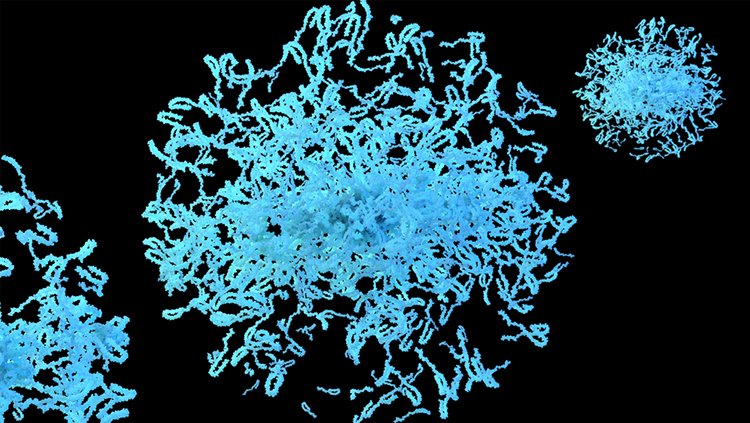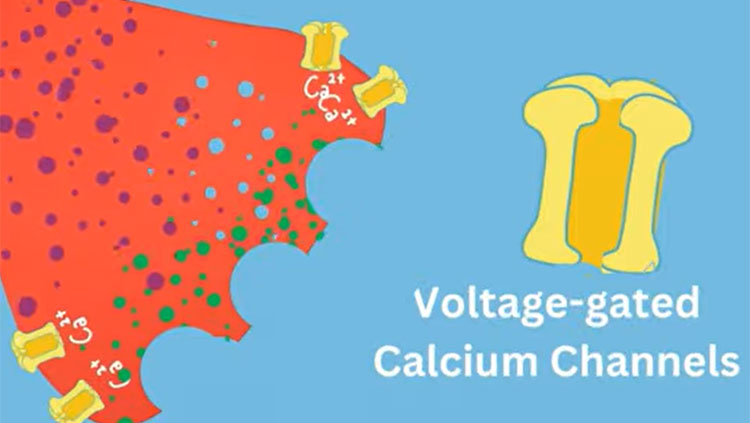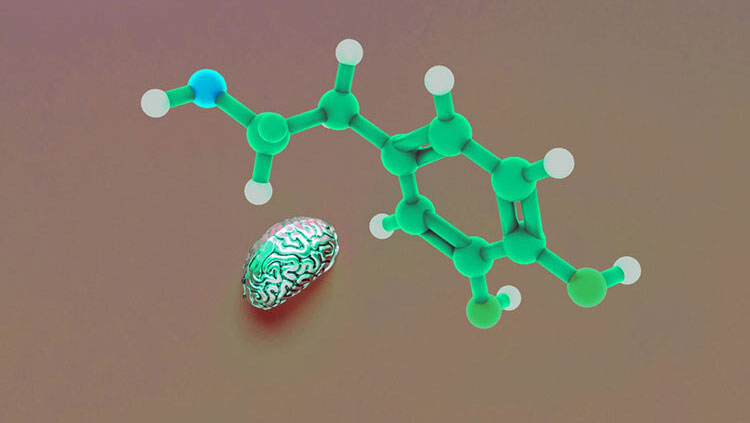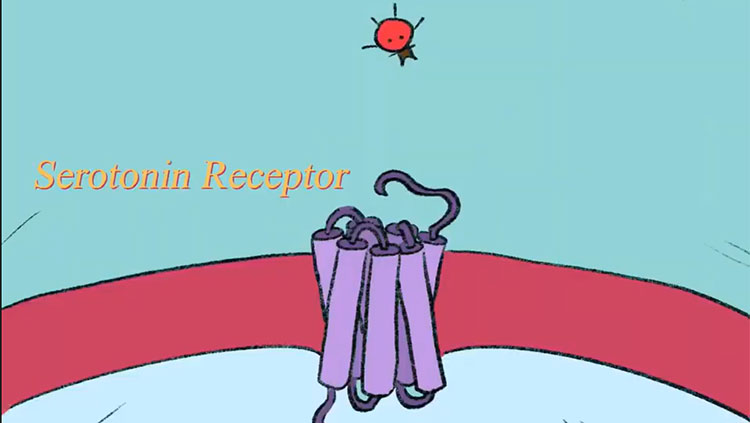Dopamine and Related Disorders
- Published12 Oct 2020
- Source BrainFacts/SfN
The neurotransmitter dopamine plays a vital role in brain functions ranging from pleasure and motivation to motor control. Imbalances in dopamine can lead to a variety of disorders, including Parkinson’s disease, ADHD, addiction, and schizophrenia.
This video is from the 2020 Brain Awareness Video Contest.
Created by Priya Rao
CONTENT PROVIDED BY
BrainFacts/SfN
Transcript
As you heat up the cast iron pan, you forget that it’s hot and touch it with your bare hands. You pull away quickly but what causes you to have this aversive feeling? Well, it’s possible that you might have heard of a chemical in your brain called dopamine.
Dopamine is a neurotransmitter and is one of the many that contribute to the function of your body. One of the many important roles of dopamine is to use sensory information to motivate a response, whether that response is aversion or pleasure. So, how does dopamine function, and where is it used?
Well, before we answer that, let’s talk a little bit about neurotransmitters. The brain is made up of billions of cells called neurons. Neurons have a cell body (or soma), dendrites, and an axon. A signal is received by the dendrites and sent through the axon to the next neuron. As a signal is passed through a neuron it’s known as an action potential. Eventually, this signal needs to be passed to another cell. This happens where two neurons meet, at a location called a synapse.
However, neurons are not physically connected to each other. The space between the two neurons is called the synaptic cleft. When the action potential reaches the end of the axon, it signals the neuron to release packets of chemicals called neurotransmitters into the cleft. Neurotransmitters bind to receptors on the neuron at the end of the synapse. These chemicals can either inhibit or trigger an action potential in this neuron.
Now, there are many different types of neurotransmitters. Each neurotransmitter is unique, but let’s take a look at dopamine. Dopamine, along with epinephrine and norepinephrine, is a part of a family called the catecholamines. Dopamine is a very important neurotransmitter associated with pleasure, motivation, and motor control. But where exactly does this chemical come from?
Well, it actually starts with the food that you eat. For example, when you eat a banana, one of the nutrients that you consume is tyrosine, an amino acid. Tyrosine is absorbed into the body and then brought to the brain. Here, an enzyme called tyrosine-hydroxylase helps run a series of reactions that eventually converts tyrosine into dopamine. This happens in two main areas of the brain, the ventral tegmental area, and the substantia nigra. From here, dopamine is sent to various other parts of the brain.
There are four major pathways that dopamine travels: the nigrostriatal, mesolimbic, mesocortical, and tuberoinfundibular pathway. Each pathway is focused on its own functions ranging from motor control, emotions, thought-processing, and even the release of prolactin — yes, the same prolactin that enables mothers to breastfeed!
Now, let’s see what happens when an imbalance of dopamine occurs in these pathways. Take the nigrostriatal pathway. If a significant number of dopaminergic neurons in the substantia nigra die, dopamine is unable to be transmitted throughout the pathway and the body loses a lot of its motor control and ability to fine tune movements. This can result in tremors, trouble moving, and fatigue. We call this phenomenon Parkinson’s disease.
Imbalances can also occur in the mesolimbic or reward pathway when drugs like cocaine are present. Typically, after dopamine is released from one neuron to communicate with another neuron, it gets recycled back into the original neuron because of proteins called dopamine transporters. However, cocaine blocks this action by binding to the transporter. This causes dopamine to instead accumulate in the synapse and continue stimulating the other neuron. This gives way to the euphoric feeling that can lead to addiction in some people. These abnormal dopamine levels contribute to an increased desire to take more and more of the drug to feel the same effects. Varying levels of dopamine and other neurotransmitters can also be associated with many other disorders such as ADHD and schizophrenia.
So, now that we’ve learned about dopamine, we can safely say that it has a large role in driving our behavior and responses. We also now know how catastrophic an imbalance of dopamine in the brain is. This chemical is just one of many chemicals motivating you to feel the things you feel!
Thanks for watching!
Also In Genes & Molecules
Trending
Popular articles on BrainFacts.org

















